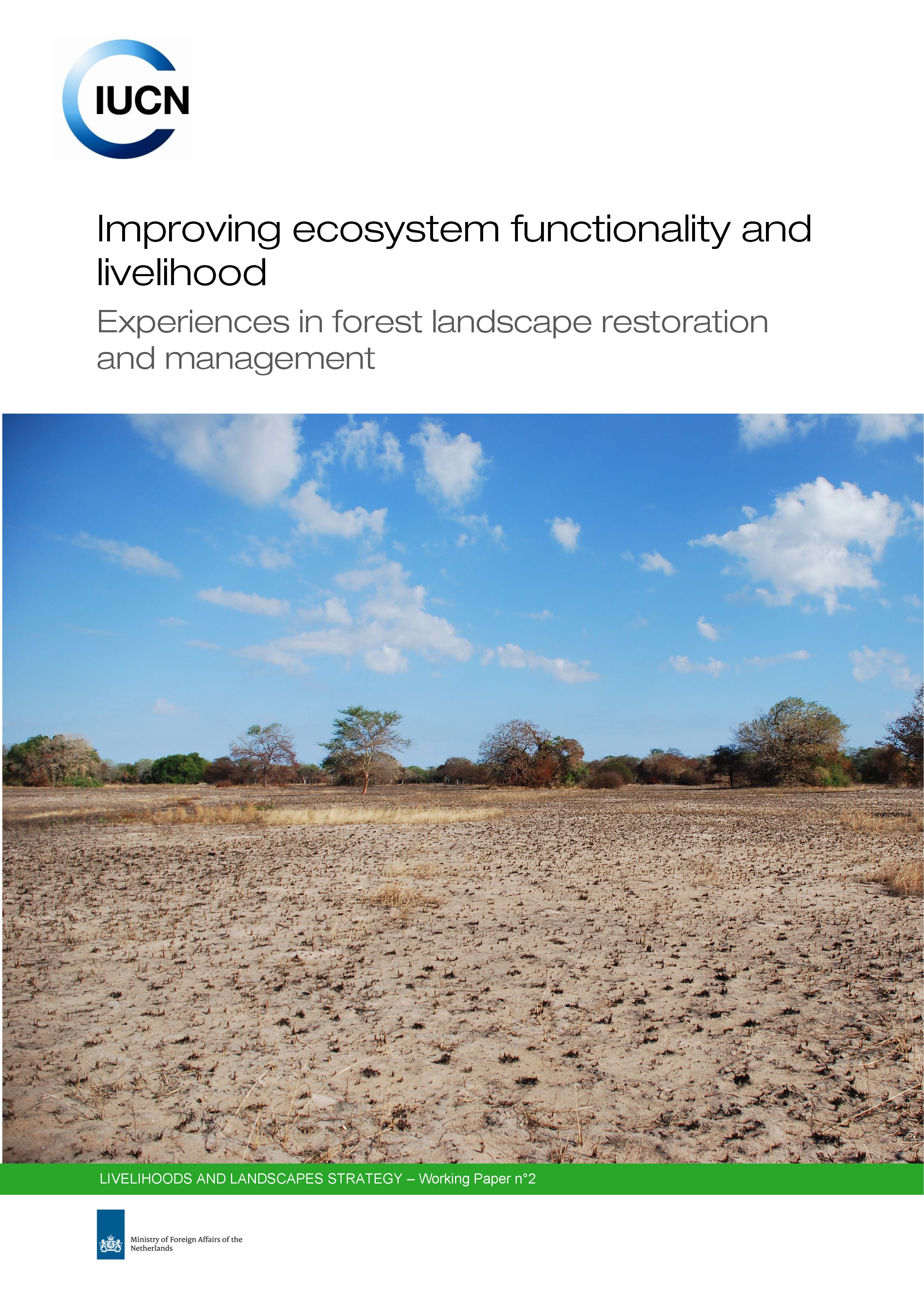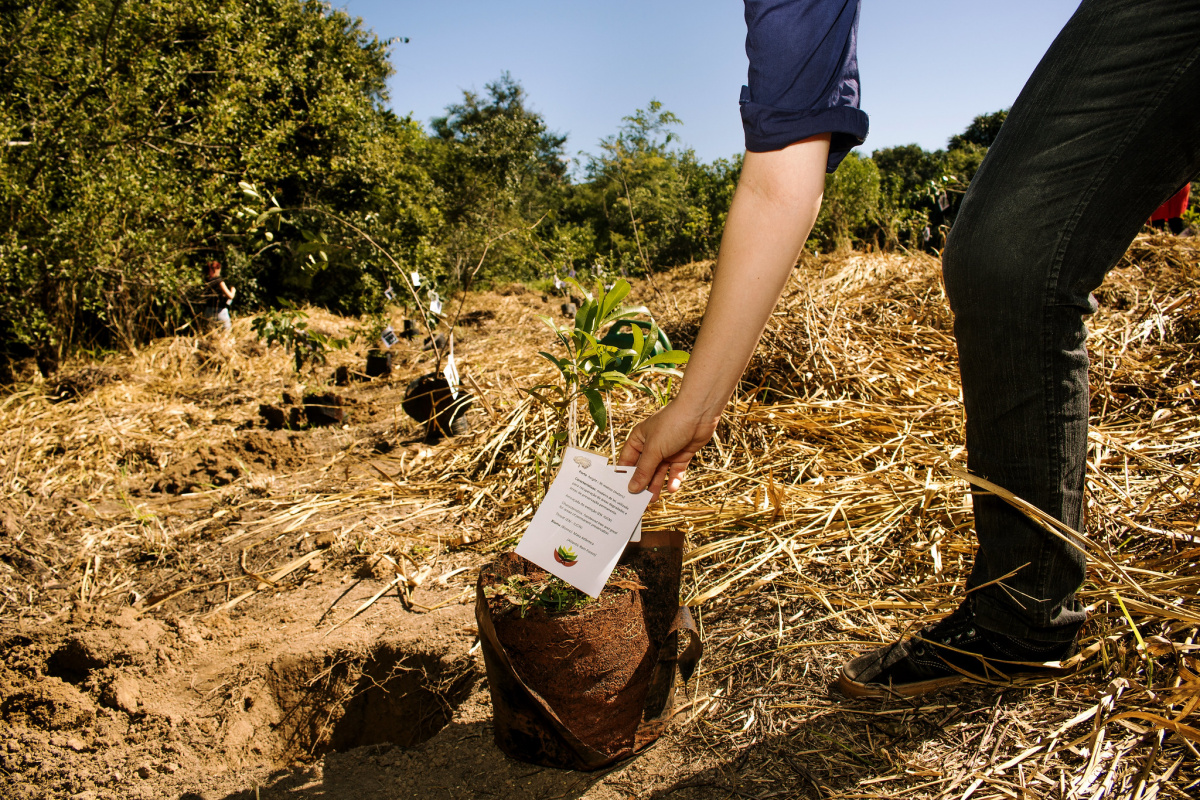Improving ecosystem functionality and livelihood
This paper examines how interventions intended to improve functionality and productivity of forested landscapes to improve livelihoods of the poorest populations, might actually yield co-benefits in terms of biodiversity conservation. It argues in favour of a ‘landscape’ approach to achieve these co-benefits.

Photo: IUCN
Using case study examples from eight landscapes involved in LLS – Doe Mae Salong, Thailand; Sablogo forest, Burkina Faso; Kelka forest, Mali; Mount Elgon, Uganda; Tacaná, Guatemala; Mayun, China; Lao PDR; and Lachua, Guatemala – it presents evidence for the benefits of landscape approaches to forest restoration. Among the key findings flowing from the case studies include the finding that for landscape interventions to lead to improved livelihoods and enhanced biodiversity requires taking a holistic approach in which the different land uses of the forested landscape along with the types of trees and their products and services are taken into account. Reconciling both will of necessity require trade-offs. Balancing these trade-offs requires stakeholder engagement, careful negotiation, and participatory planning and goal-setting.
Similarly, all the case studies also reveal that to yield co-benefits in terms of improved livelihoods and biodiversity conservation and enhancement, interventions implemented as part of the LLS approach may require change. This could be in the form of behavioural changes, changes in the traditional or accepted way of doing things, e.g. farming techniques, animal grazing patterns, or institutional changes including changes in the ways in which decisions are made, and in land policies, e.g. land tenure rights. Such changes provide resource-dependent communities with security and incentives for engaging in sustainable management practices.
Finally, various forms of active management, either on their own, or in partnership, or as part of collaborative management agreements, result in improved biodiversity conservation as the conditions and institutional arrangements have been put in place for enhanced biodiversity conservation, sustainable benefit flows, and local community ownership. These biodiversity benefits may be a seen as a by-product, as the biodiversity is being managed for livelihood benefits. Though this is not always the case.



